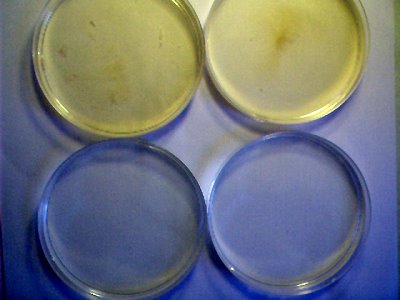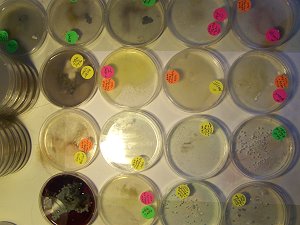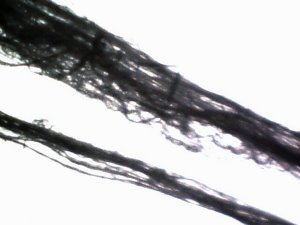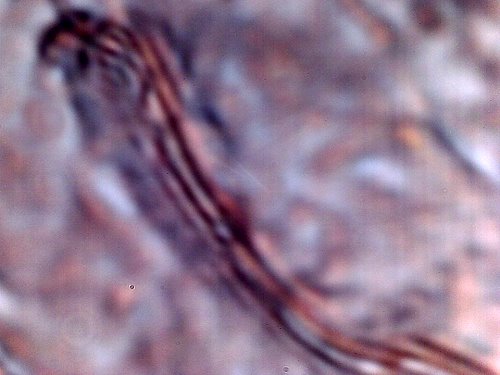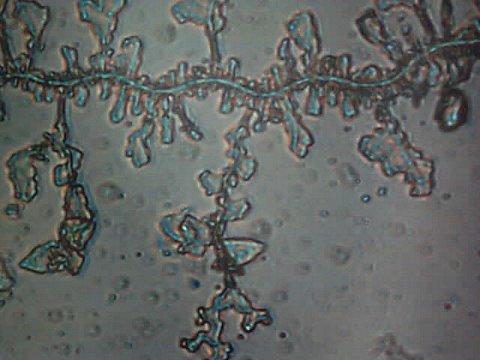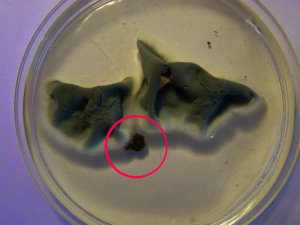
MORGELLONS : THE EXTENT OF THE PROBLEM
Clifford Carnicom continues his work and assertions toward the reality that it is falsehood to make the claim that the so-called "Morgellons" condition is a highly restricted situation that affects only a few individuals that happen to manifest a certain set of skin conditions. To the contrary, Carnicom's work and research show that the general population appears be to subject to the condition and that the criteria used to establish its existence should be focused on biological change and manifestations WITHIN the body: i.e. - that filaments that occur within the body and the alteration of the blood are more suitable criteria upon which to establish the presence or absence of the Morgellon's condition. Samples of blood and saliva are tested at the end of this paper, with images showing the tests involving a 37 year old man, and an 8 year old child. The blood testing shows definite blood cell wall damage in both the participants' samples, with these images shown in this paper.

